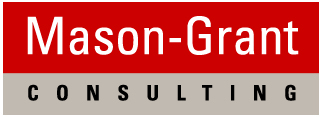Mold Avoidance
Damp Buildings, Human Health and HVAC Design
Indicators of current health-relevant indoor dampness in a building or space include: visible mold growth, moisture, damage from water or moisture, or musty/moldy/ earthy odors. These indicators have each been clearly and strongly associated with increased probability of negative health effects for occupants.
This PDF is the ASHRAE Multidisciplinary Task Group Report that provides the references and technical basis of the above description of health-relevant indoor dampness. The report also provides suggestions for simple instuments and measurement values that can serve as early warning signs of future health-relevant dampness.
Avoiding mold in new construction
This ASHRAE Journal article explains common causes of mold in newly-built homes and buildings. It provides suggestions for avoiding that problem by using temporary drying that keeps materials and assemblies dry, even when seasonal rain and high humidity is a fact of life on a construction site.
Practical Aspects of measuring Moisture in Buildings
To avoid mold, materials must be kept dry. But indoor water damage and leaks do happen. This article explains how different types of meters can help, what values of moisture content should be a concern and how to avoid misunderstandings when taking and reporting readings.



